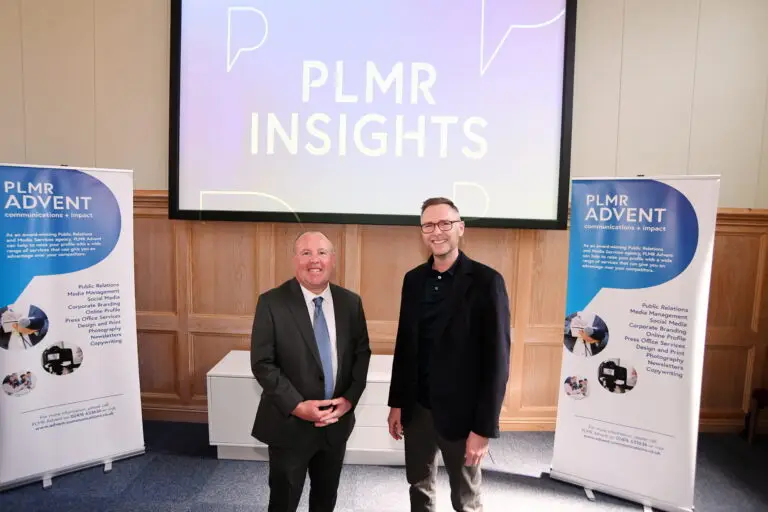The Labour Party is repositioning itself as a leader in technological innovation and digital transformation. The 2024 general election marked a turning point, showcasing Labour’s commitment to leveraging technology not just as a campaign tool but as a cornerstone of governance. From a ground-breaking digital campaign to an ambitious AI agenda, Labour is making a concerted effort to align itself with the future.
Tech Leaders in the Labour Party
Labour’s digital charge is spearheaded by the forceful Peter Kyle MP, Secretary of State for Digital, Science, Innovation and Technology (DSIT). He is supported by a team of technology advocates including Feryal Clark MP as AI Minister, Patrick Vallance as Science Minister and Callum Anderson MP as DSIT PPS.
Labour’s tech-forward approach is supported by a cadre of MPs with strong digital credentials. Figures like Josh Simons MP, who brings expertise in AI ethics, and Samantha Niblett MP, an advocate for diversity in tech, exemplify the party’s commitment to innovation. Others, such as Dan Aldridge MP and Claire Hughes MP, contribute their experience in IT policy and digital transformation. This new generation of MPs is reshaping Labour’s image, presenting it as a party rife with innovators.
AI Plan and Push Across Government
Following their election victory, Labour’s focus shifted to integrating technology into governance. First, the Government announced a new Gov.uk Wallet and App, set to be introduced this summer, to simplify access to public services and documents. Next came the ambitious AI Opportunities Action Plan which set out a strategy to position the UK as a global leader in artificial intelligence. DSIT Secretary Peter Kyle MP has been instrumental in driving this initiative, earning respect for his ability to turn vision into action.
At the heart of the AI strategy is “Humphrey,” a suite of AI tools aimed at modernising the civil service. These tools, including “Parlex” for policy analysis and “Minute” for meeting transcription, are designed to increase efficiency and reduce costs. Beyond Whitehall, Labour is also focusing on practical applications of AI, such as reducing NHS waiting lists and reimagining local infrastructure. By addressing tangible issues, Labour aims to demonstrate that technology can deliver real benefits to everyday citizens.
Challenges Labour Face While
Labour’s tech agenda is ambitious, it is not without challenges. Critics have raised concerns that AI and digital innovation feel disconnected from the daily lives of many voters. Labour have promised to prioritise skills and training programmes to ensure the workforce can adapt to an AI-driven economy but with a technology that progresses at such breakneck speed, that is no small feat.
Another pressing issue is energy consumption. AI technologies demand significant energy resources, raising sustainability concerns. Labour must balance the push for innovation with their steadfast commitment to environmental responsibility. Above all else however, success at the next election will hinge on the electorate witnessing tangible benefits from Labour’s drive to embrace tech. They must also walk-the-walk!
Labour’s transformation into a tech-savvy political force has been deliberate and strategic. By leveraging digital campaigning, embracing AI in governance, and fostering a new generation of tech-focused leaders, the party is redefining its reputation on tech. Yet, challenges remain. Success will depend on Labour’s ability to translate its vision into tangible benefits for the public.





